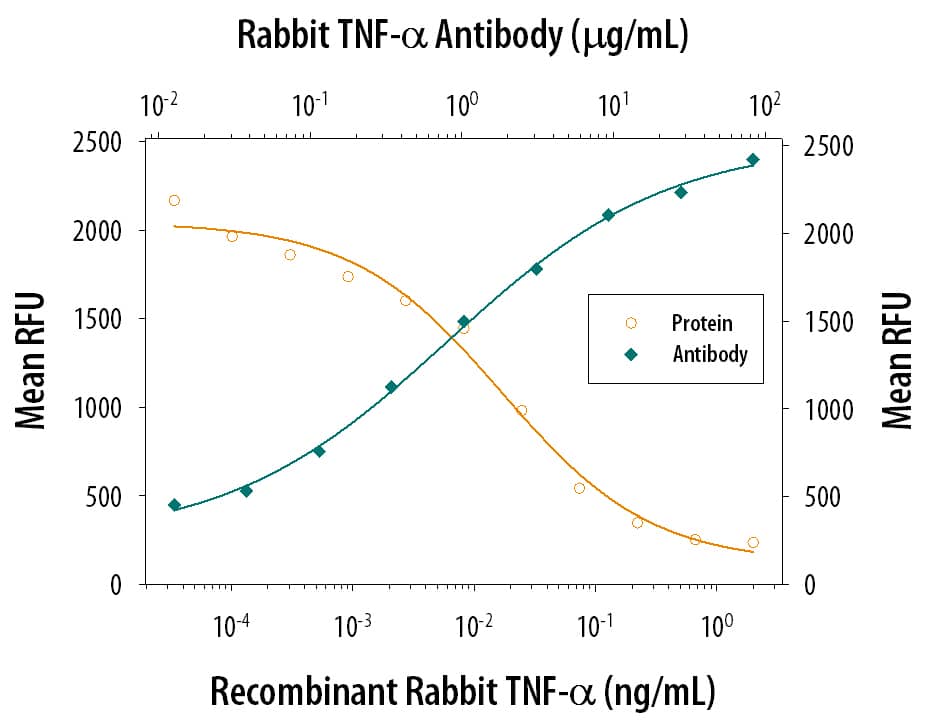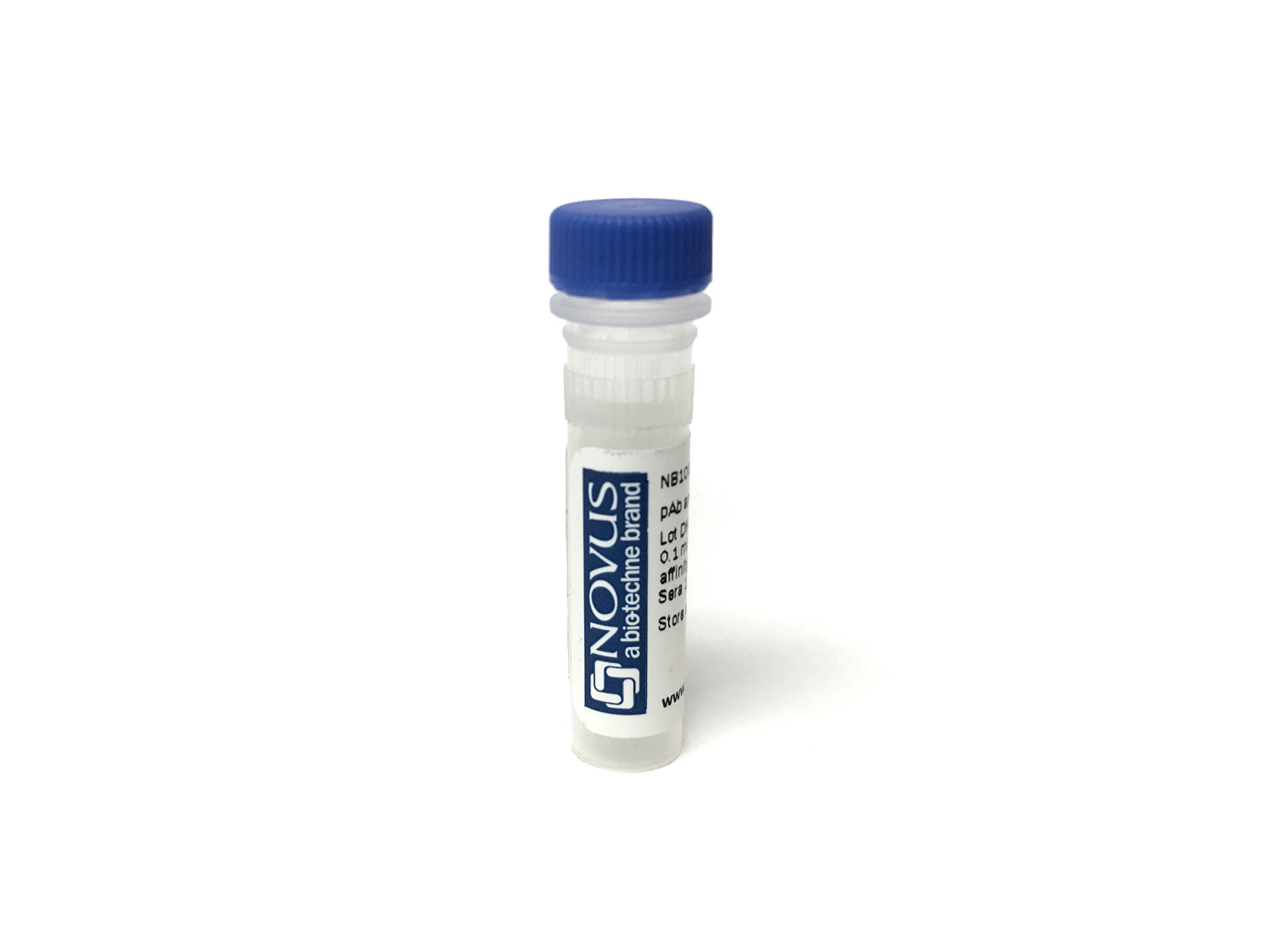TNF-alpha Products
TNF-alpha (Tumor necrosis factor alpha) plays a central role in inflammation, immune system development, apoptosis, and lipid metabolism. TNF-alpha was first identified as a cytotoxic factor produced by macrophages capable of killing mouse tumor cells. It is the prototypic ligand and along with Lymphotoxin-alpha, were identified as the first members of the TNF superfamily. Active TNF-alpha and other members of the TNF superfamily exist as a homotrimer with high structural homology. Receptor binding occurs at the interface of two TNF-alpha monomers. And receptor activation occurs when all three monomer interfaces are engaged with a receptor. For TNF-alpha, receptor binding and activation occurs through TNF R1 or TNF RII, and subsequently leads to activation of NF-kB or MAPK signaling pathways. Another pathway that TNF-alpha can activate utilizes the death domain of TNF RI to induce apoptosis. TNF-alpha promotes the inflammatory response largely through NF-kB signaling, and inhibition of TNF-alpha has proven successful in treating many autoimmune disorders. TNF-alpha is also present on the cell surface as membrane-bound TNF-alpha can induce the lysis of neighboring tumor cells and virus infected cells. TNF-alpha protein is translated as a type II transmembrane protein containing an N-terminal transmembrane domain. The soluble cytokine is released from its cell-anchoring TM domain by proteolytic processing by metalloproteases.
8 results for "TNF-alpha" in Products
8 results for "TNF-alpha" in Products
TNF-alpha Products
TNF-alpha (Tumor necrosis factor alpha) plays a central role in inflammation, immune system development, apoptosis, and lipid metabolism. TNF-alpha was first identified as a cytotoxic factor produced by macrophages capable of killing mouse tumor cells. It is the prototypic ligand and along with Lymphotoxin-alpha, were identified as the first members of the TNF superfamily. Active TNF-alpha and other members of the TNF superfamily exist as a homotrimer with high structural homology. Receptor binding occurs at the interface of two TNF-alpha monomers. And receptor activation occurs when all three monomer interfaces are engaged with a receptor. For TNF-alpha, receptor binding and activation occurs through TNF R1 or TNF RII, and subsequently leads to activation of NF-kB or MAPK signaling pathways. Another pathway that TNF-alpha can activate utilizes the death domain of TNF RI to induce apoptosis. TNF-alpha promotes the inflammatory response largely through NF-kB signaling, and inhibition of TNF-alpha has proven successful in treating many autoimmune disorders. TNF-alpha is also present on the cell surface as membrane-bound TNF-alpha can induce the lysis of neighboring tumor cells and virus infected cells. TNF-alpha protein is translated as a type II transmembrane protein containing an N-terminal transmembrane domain. The soluble cytokine is released from its cell-anchoring TM domain by proteolytic processing by metalloproteases.
| Assay Range: | 31.2 - 2,000 pg/mL |
| Applications: | ELISA |
| Reactivity: | Human, Mouse, Rat, Canine, Zebrafish, +2 More |
| Details: | Mouse IgM Kappa Monoclonal Clone #P/T2 |
| Applications: | IHC, ICC/IF, Flow |
| Reactivity: | Human, Mouse, Rat, Canine, Zebrafish, +2 More |
| Details: | Mouse IgM Kappa Monoclonal Clone #TNF706 |
| Applications: | IHC, ICC/IF, Flow |
| Source: | E. coli |
| Accession #: | NP_001075732 |
| Applications: | BA |
| Reactivity: | Rabbit |
| Details: | Mouse IgG2a Monoclonal Clone #610331 |
| Applications: | Neut |
| Reactivity: | Rabbit |
| Details: | Mouse IgG2b Monoclonal Clone #610325 |
| Applications: | WB |
| Reactivity: | Human, Mouse, Rat, Canine, Zebrafish, +2 More |
| Details: | Mouse IgM Kappa Monoclonal Clone #TNF706 + P/T2 |
| Applications: | IHC |
| Reactivity: | Human, Mouse, Rat, Canine, Zebrafish, +2 More |
| Details: | Mouse IgM Kappa Monoclonal Clone #TNF706 |
| Applications: | IHC, ICC/IF, CyTOF-ready |



![Immunocytochemistry/ Immunofluorescence: TNF-alpha Antibody (P/T2) [NBP2-34302] Immunocytochemistry/ Immunofluorescence: TNF-alpha Antibody (P/T2) [NBP2-34302]](https://resources.bio-techne.com/images/products/TNF-alpha-Antibody-P-T2-Immunocytochemistry-Immunofluorescence-NBP2-34302-img0003.jpg)
![Immunocytochemistry/ Immunofluorescence: TNF-alpha Antibody (TNF706) [NBP2-34303] Immunocytochemistry/ Immunofluorescence: TNF-alpha Antibody (TNF706) [NBP2-34303]](https://resources.bio-techne.com/images/products/TNF-alpha-Antibody-TNF706-Immunocytochemistry-Immunofluorescence-NBP2-34303-img0002.jpg)


